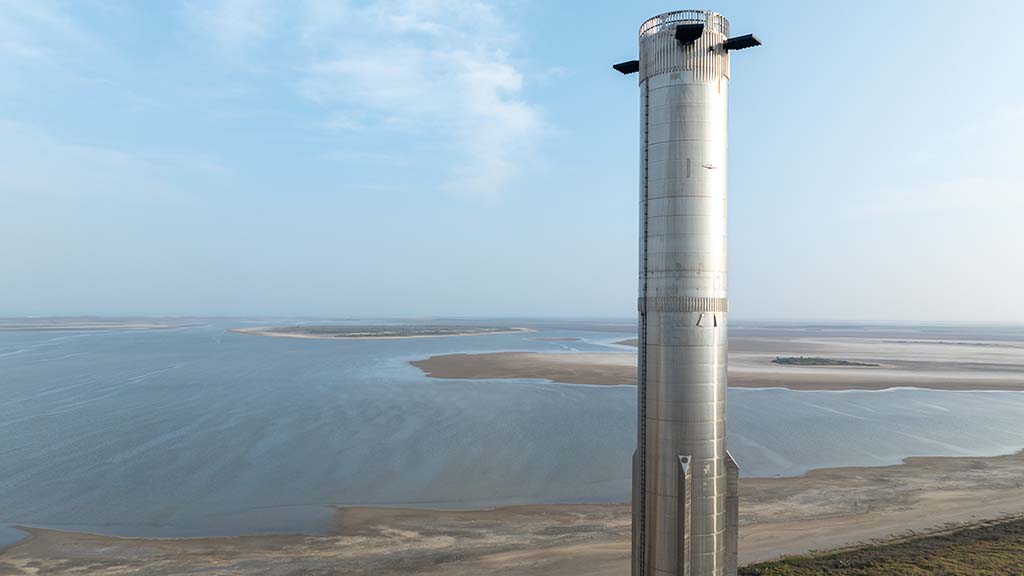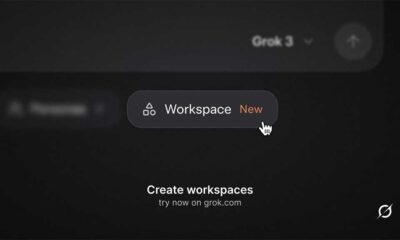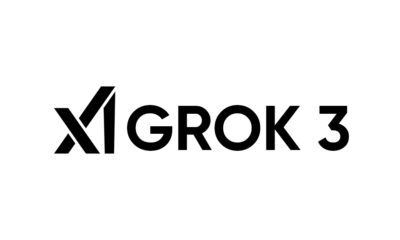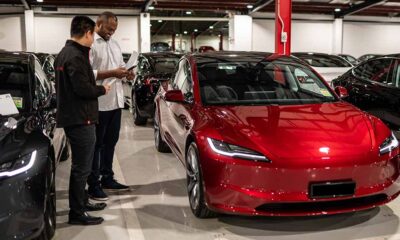SpaceX
SpaceX moves Starship flight 4 booster to the launch pad

SpaceX is rolling Super Heavy Booster to the launch pad for Starship test flight 4. The preparations come amid the company’s aim to achieve new milestones with this test flight.
Today, the space launch service provider posted some images on social media site X and confirmed the rollout process. Video footage from Nasaspaceflight shows that the booster has already reached the orbital launch site and is mounted on the pad via OLM chopsticks. Earlier this month, SpaceX conducted a Super Heavy booster static fire and gave it a go for launch.
Super Heavy booster for Flight 4 moving to the pad at Starbase pic.twitter.com/jtDIvIXhOr
— SpaceX (@SpaceX) May 11, 2024
Super Heavy Booster comprises 33 Raptor engines and uses sub-cooled liquid methane (CH4) and liquid oxygen (LOX). It is 71 meters tall and 9 meters wide. The booster has a propellant capacity of 3,400 tons and generates about 7,590 tf thrust during the liftoff.
Super Heavy booster is designed to be reusable and could be landed on the orbital launch pad upside down. Landing is the primary goal for the next tests.
In the past three flights, the booster has evolved on its own. Its maiden flight last year was a success as it lifted off from the pad with massive propulsion. However, not all of the 33 engines ignited for the first time.
During the second flight, SpaceX fired all 33 raptor engines and completed the stage separation. However, the booster soon blasted off in the air.
The third term took it two steps further and it not only commanded a successful stage separation but was also able to reposition the rocket on its way back to Earth. Despite these new achievements, the booster wasn’t able to make it to the landing zone. With the fourth flight test, the company wants to ace this maneuver by splashing the rocket in the sea without losing contact.
Launch date?
SpaceX founder and CEO said the Starship flight 4 test could happen in 3-5 weeks. This launch was previously speculated for this month.












